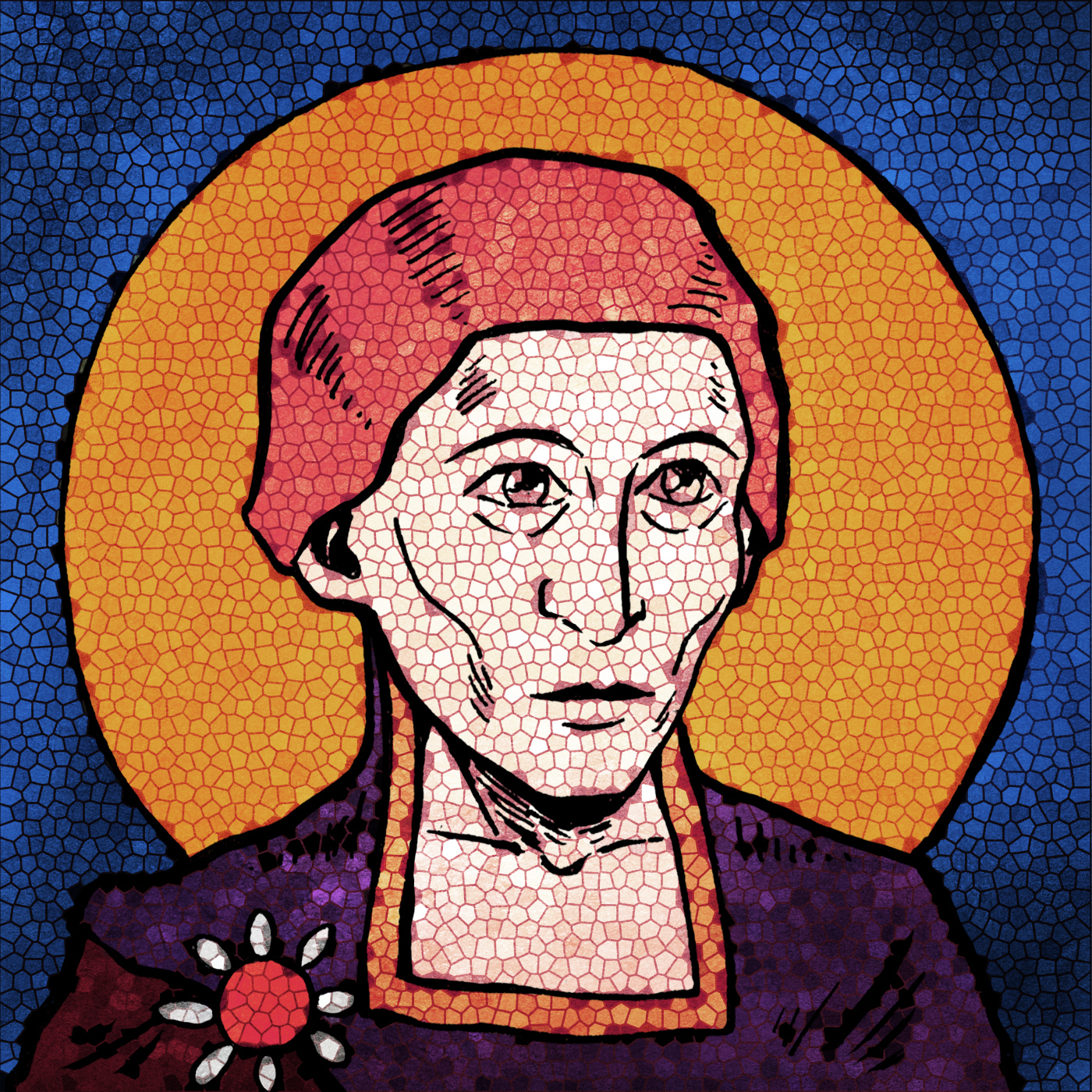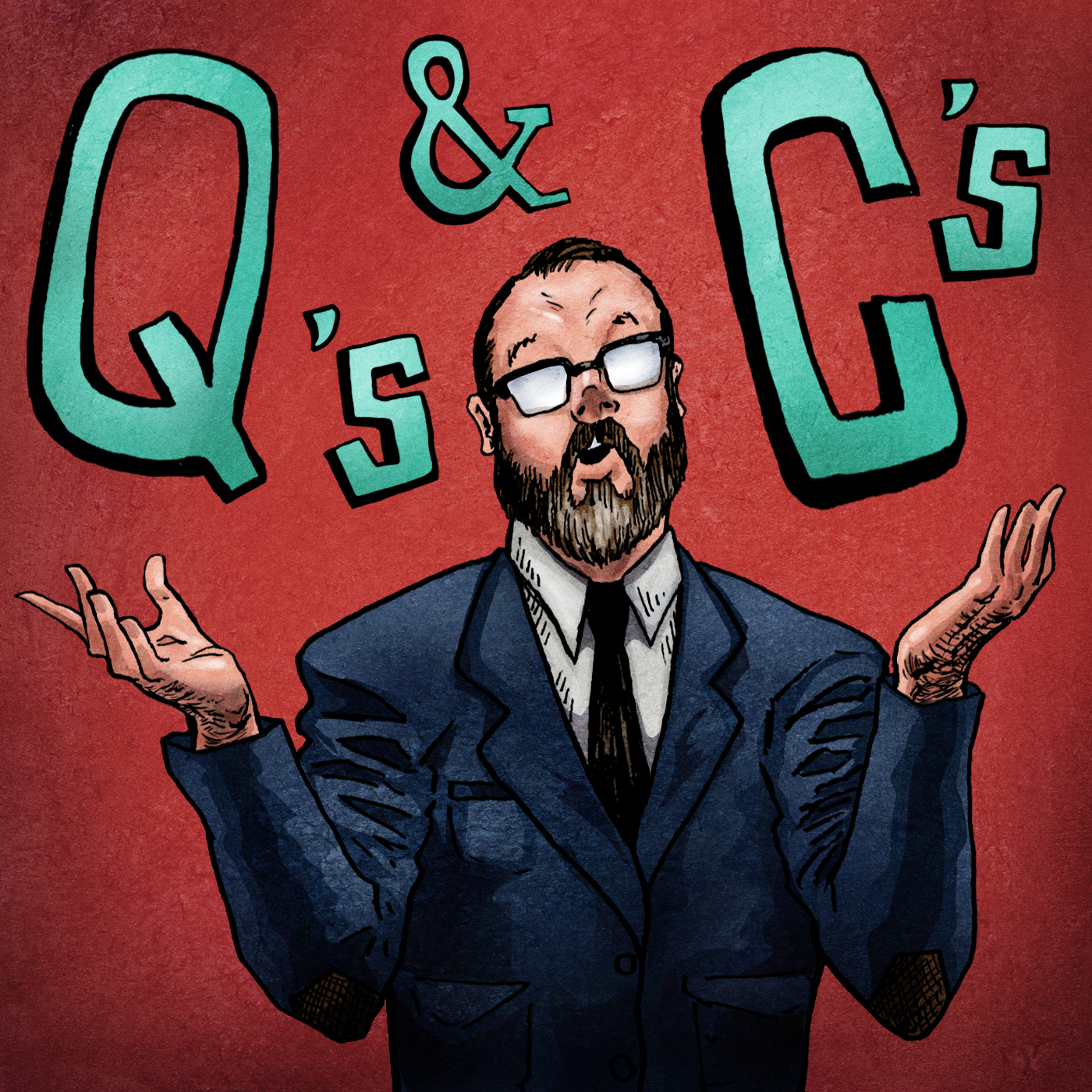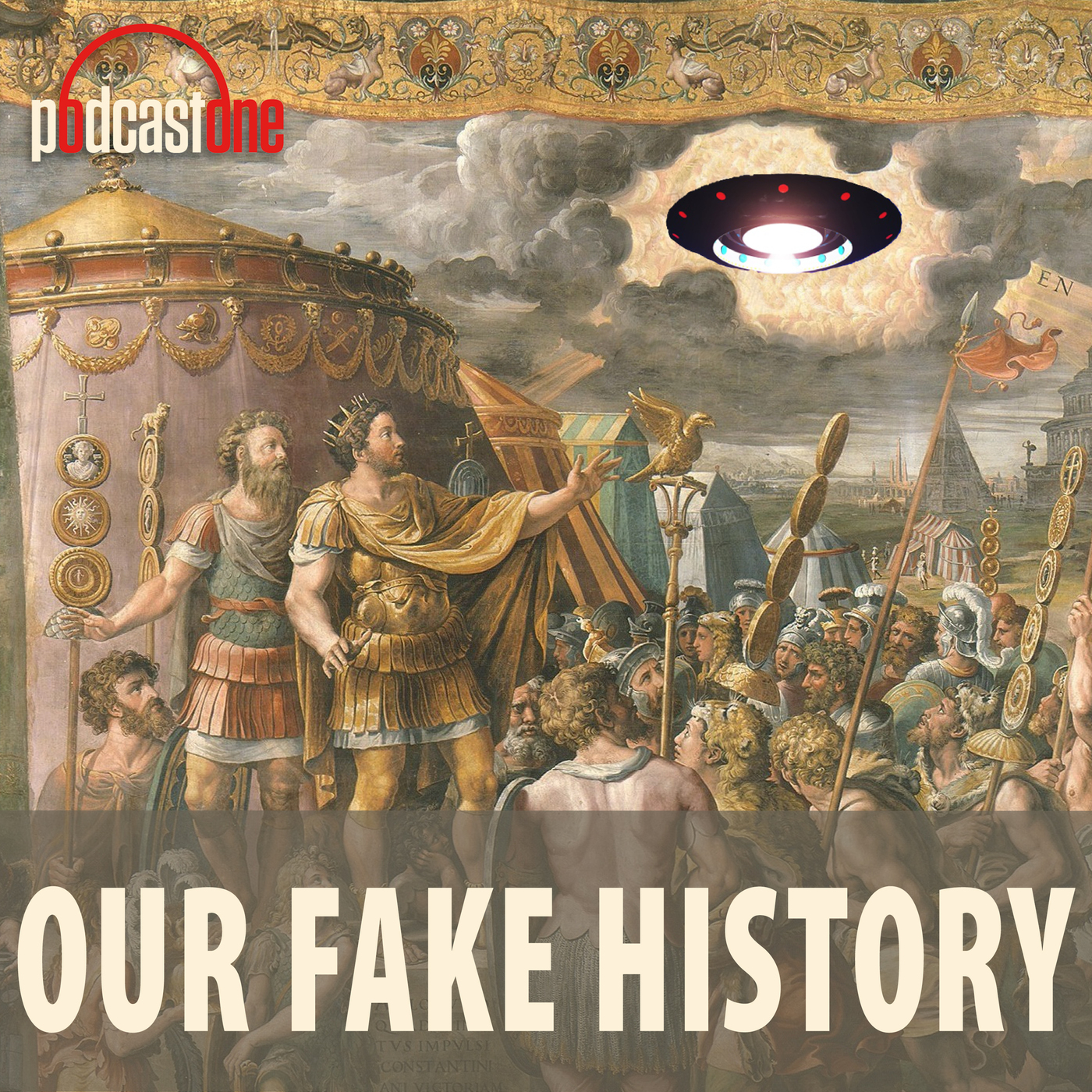Episode #217- Did the Siege of Constantinople Even Happen? (Part II)
In the 670's something was brewing in the eastern Mediterranean. The Umayyad caliphate had built an impressive navy and was scoring victories at sea over the Roman empire. It looked like the Caliphate was ready to make a move against the Roman capital of Constantinople. But did they? Our sources tell us wildly different things. Was there a seven year siege? A four year siege? No siege at all? Tune-in and find out how sassy Edward Gibbon, unreliable churchmen, and ambiguous fire ships all play a role in the story.
See Privacy Policy at https://art19.com/privacy and California Privacy Notice at https://art19.com/privacy#do-not-sell-my-info.
See Privacy Policy at https://art19.com/privacy and California Privacy Notice at https://art19.com/privacy#do-not-sell-my-info.
Press play and read along
Transcript
Transcript is processing—check back soon.
Our Fake History — Episode #217- Did the Siege of Constantinople Even Happen? (Part II)





